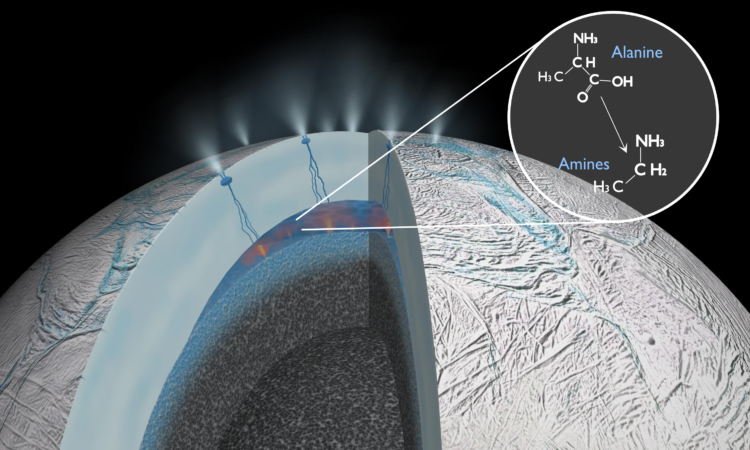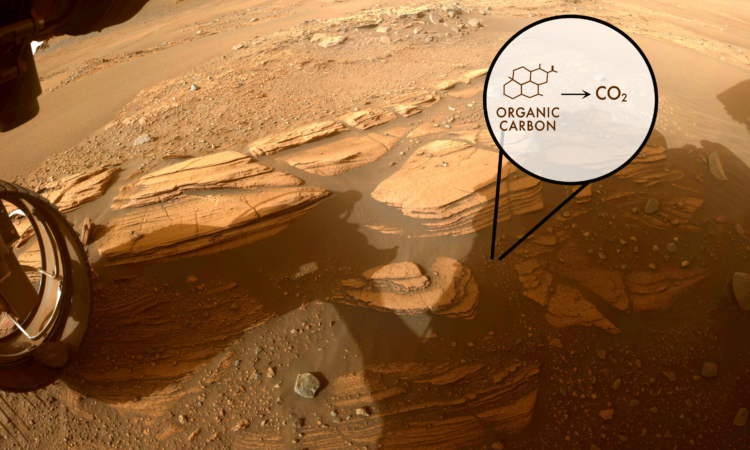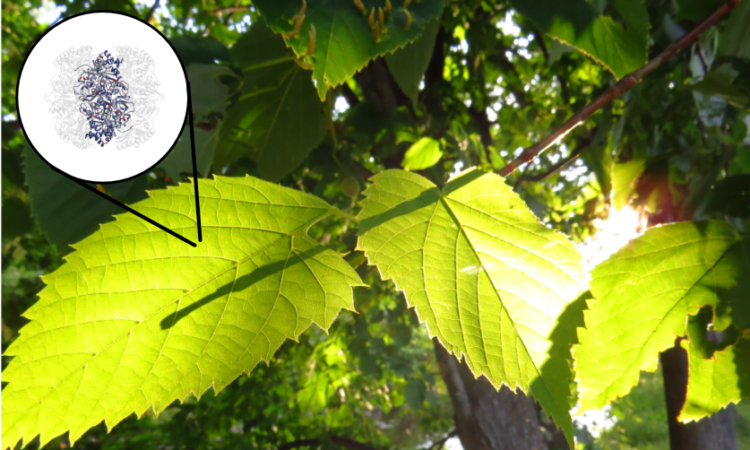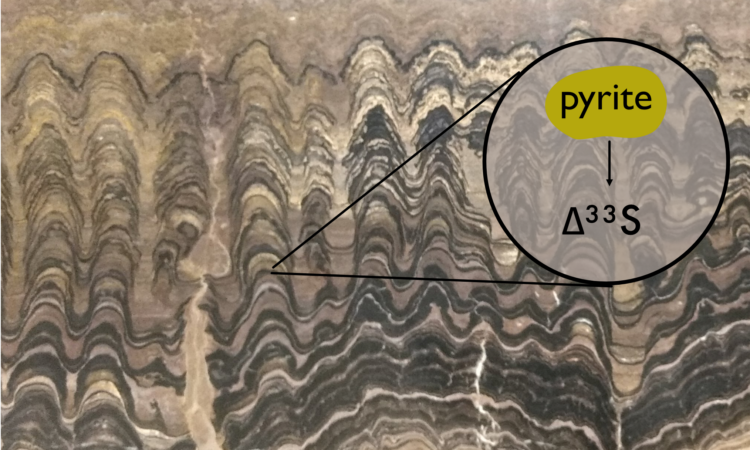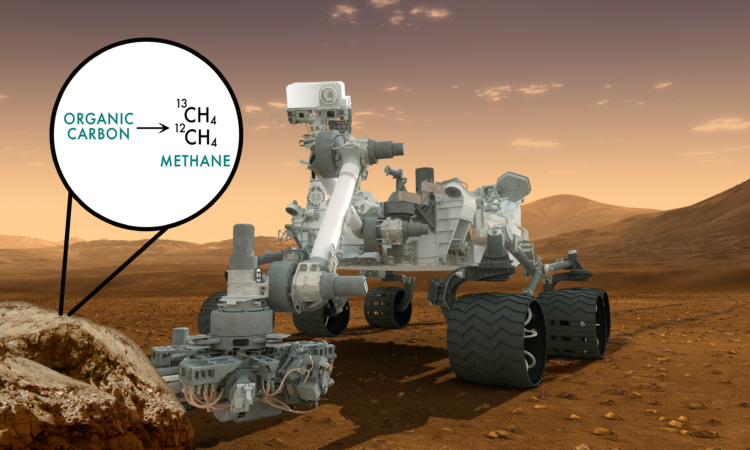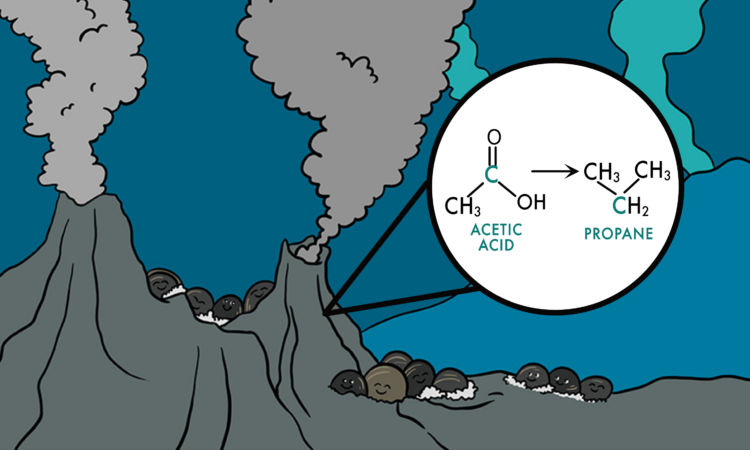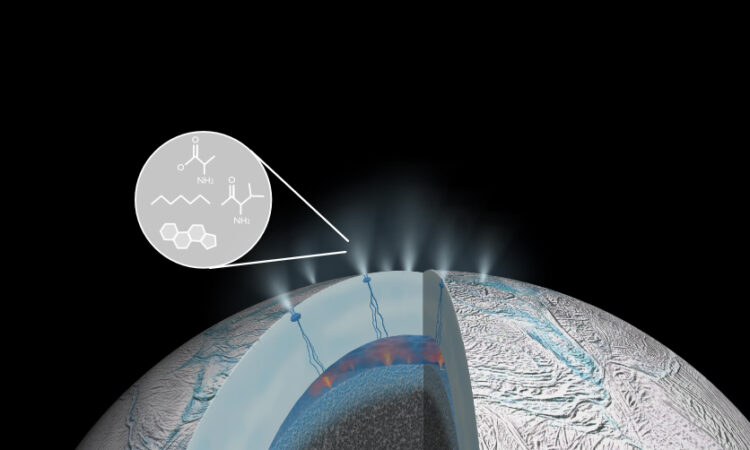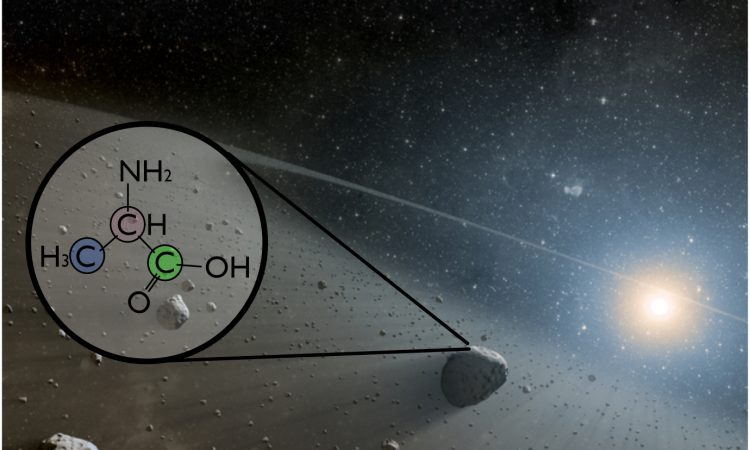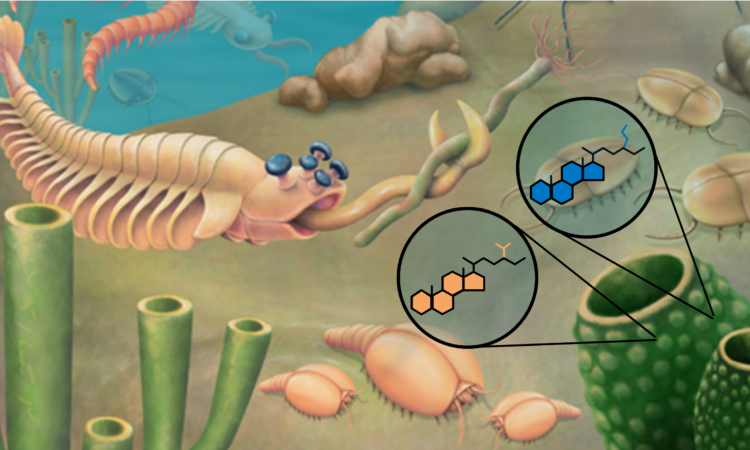New reactions could explain the organic molecules on meteorites may give us a hint as to how organics are created and destroyed on icy moons.
3.5 billion-year-old rocks on Mars preserve plenty organic carbon
NASA scientists discovered a plethora of ancient organic carbon buried in Mars’s sedimentary rocks.
Enzyme Resurrection: What did photosynthesis look like billions of years ago?
The enzyme responsible for photosynthesis is over 2.5 billion years old. How has billions of years of evolution changed its efficiency? Scientists resurrected an ancient version of the enzyme to find out.
Reaffirming the story of Earth’s atmosphere
Earth’s atmosphere didn’t see oxygen until over 2 billion years ago. New techniques help confirm an old hypothesis about exactly when the planet’s oxygenation happened.
The origin story of Martian organic carbon has a new twist.
Carbon isotopes measured by the Mars rover Curiosity reveal that the ancient organic carbon found in Martian rocks originates from three possible sources: Galactic dust storms, solar irradiation or microbial methane.
Making natural gas from natural acids
Hidden in a hydrothermal vent off the coast of Mexico is a new way for natural gas to form from organic acids.
The metal your gut craves
Tungsten helps your gut microbiome remove toxic chemicals. Without a major source of tungsten in our diets, it might be the metal your gut has been craving.
Flying through an extraterrestrial ice plume in search of life
Searching the icy plumes at Enceladus for signs of life is not an easy task, but we may now have the technology to do it.
Tracing carbon atoms through the galaxy
Amino acids found on meteorites may have seeded the beginnings of life on Earth, but where do they come from? Based on their isotopic signatures, they may have come from interstellar space.
Stories told by molecular skeletons: Animal evolution may not be what we think
Half-a-billion-year-old molecular skeletons tell conflicting stories about the first animals that evolved on Earth.

